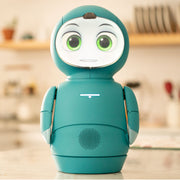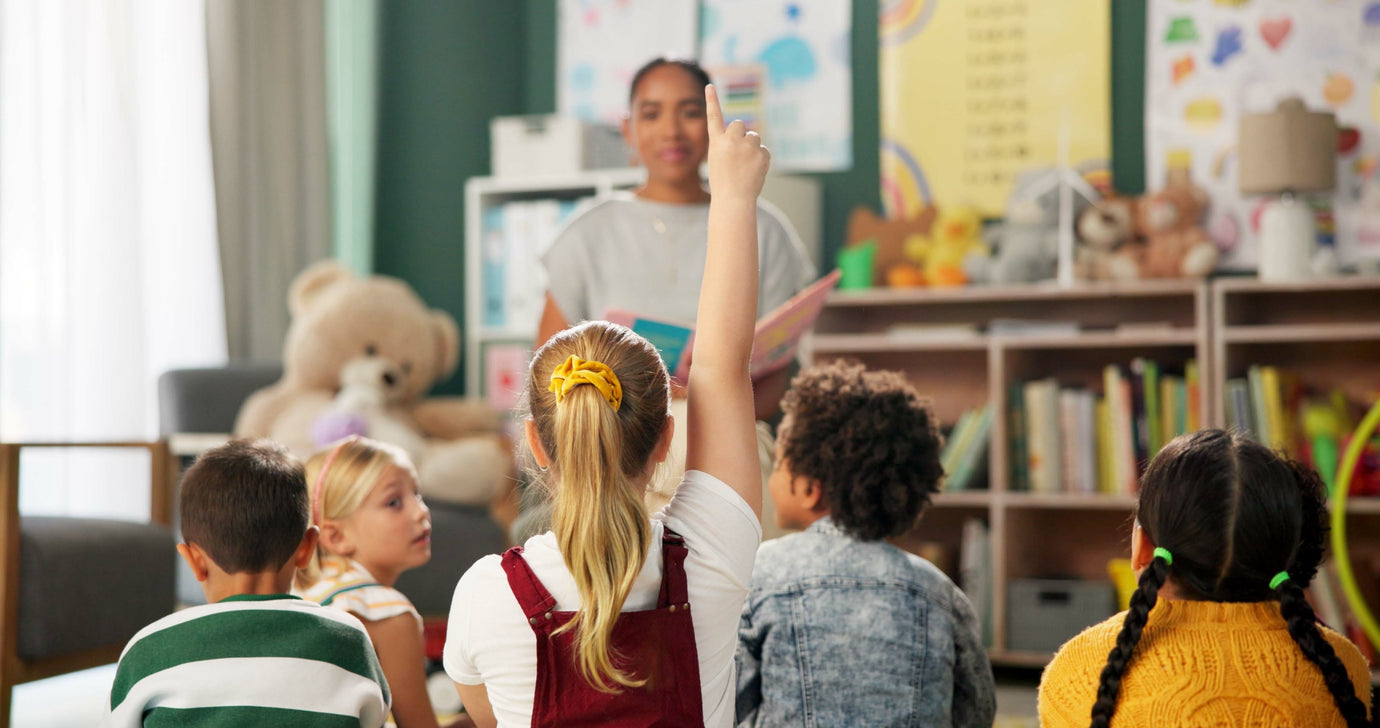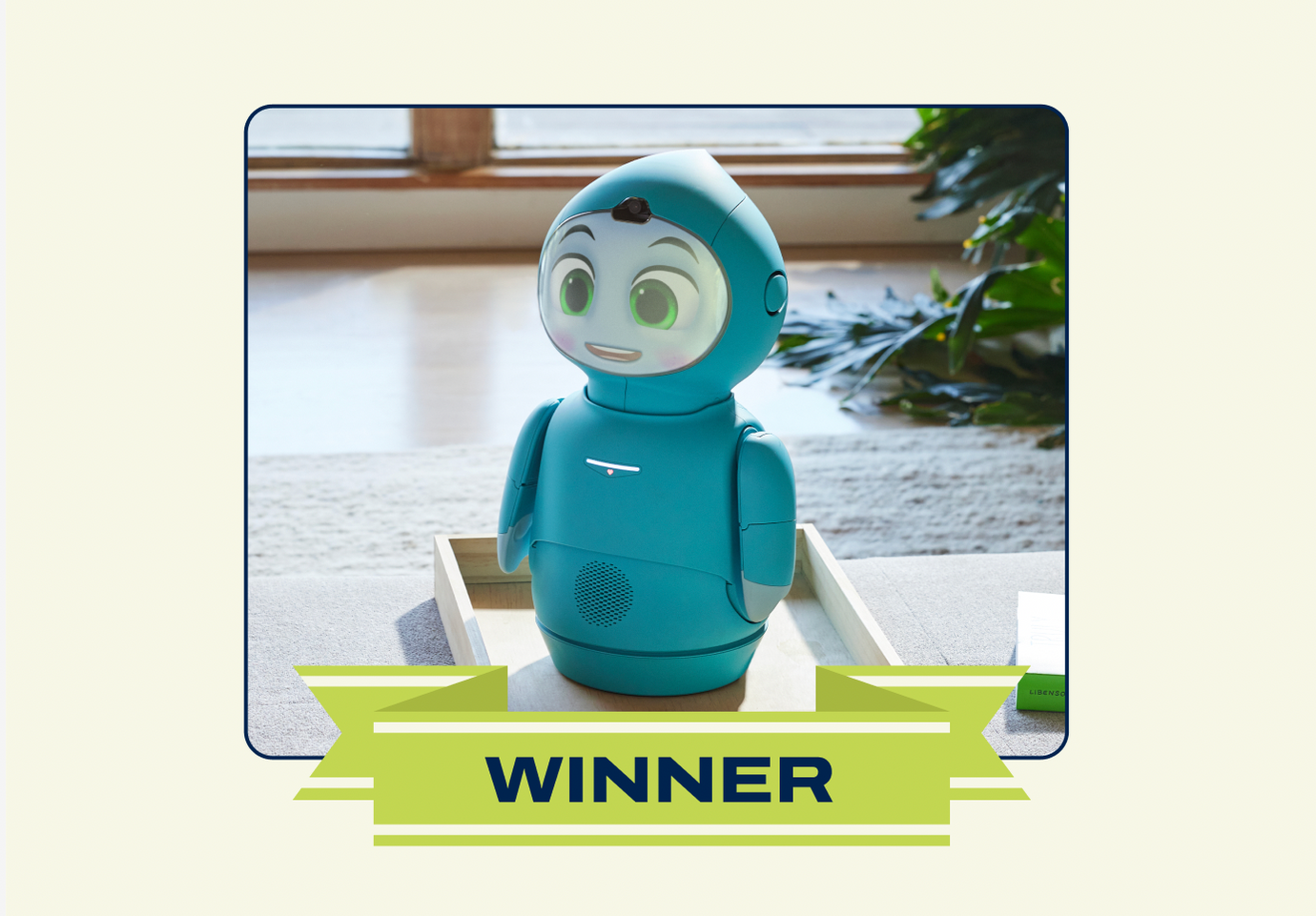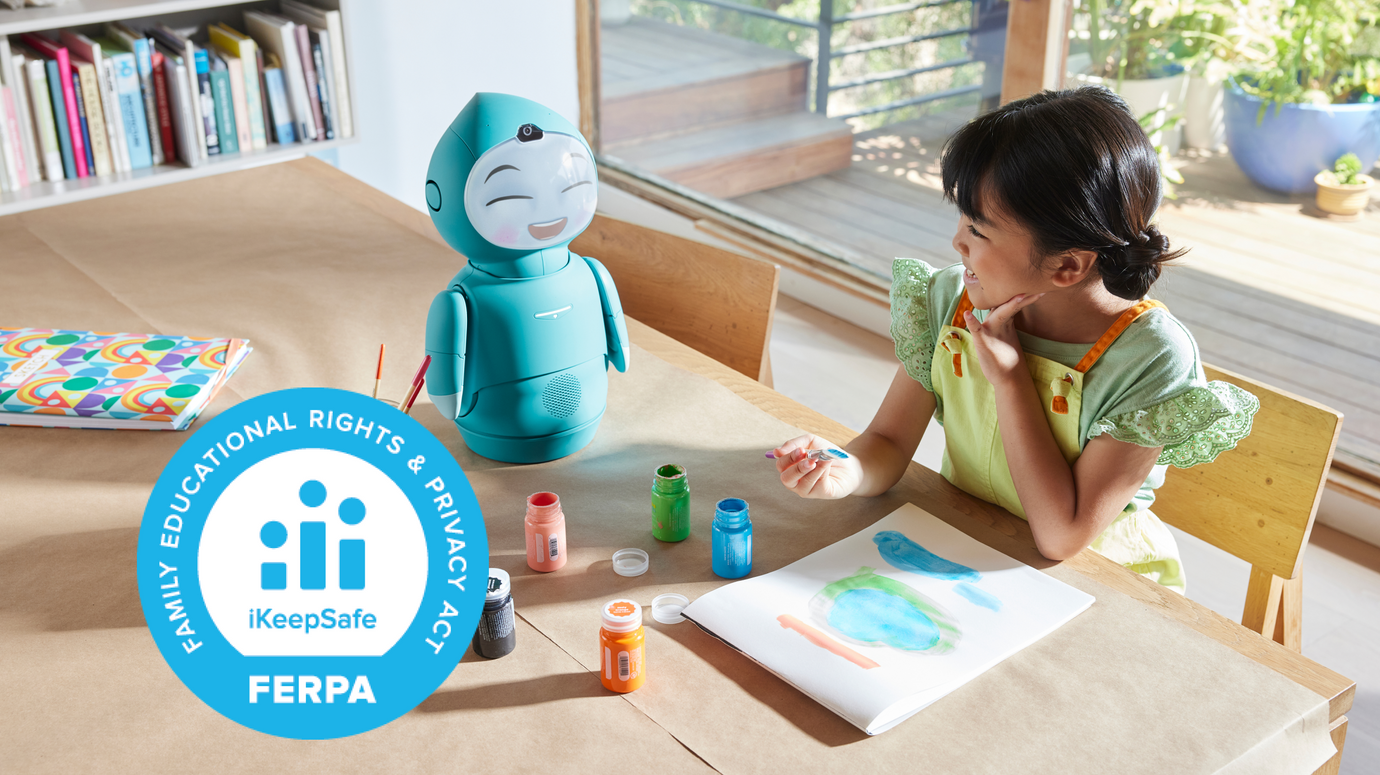Emotional Intelligence
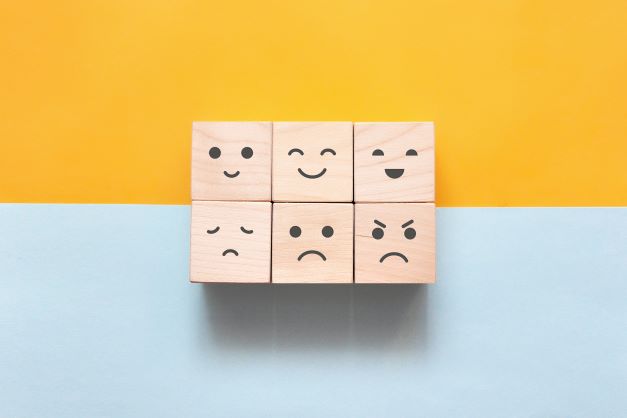
Emotional Intelligence in Kids
Advocacy for the importance of emotional intelligence (or EI) has reached new heights in the past several years. The ability to recognize, understand, and respond to our own emotions in a healthy way is a critical behavior which helps to support interpersonal relationships, mental health, and even educational success and career prospects later in life.
Because the idea of EI has only been relatively recently defined, many of us are learning the skills associated with emotional intelligence as adults, and our horizons are expanded as a result of these newly acquired competencies. So what would the world be like if we were able to cultivate high EI starting from a younger age?
What defines emotional intelligence in children?
As with adults, emotional intelligence in children means smart and healthy management of an individual’s own thoughts and emotions. This includes empathy, or the ability to comprehend and connect with the feelings of those around us, as well as the ability to comprehend and communicate about our own feelings.
What is high emotional intelligence?
Daniel Goleman, an American psychologist and contemporary proponent of emotional intelligence, outlined four key characteristics of EI:
- Self-awareness: Understanding our own feelings.
- Self-management: Regulating our feelings and responding to them thoughtfully.
- Social awareness: Understanding how our feelings can affect others.
- Relationship management: Communicating our feelings to others and exercising empathy when we receive those communications ourselves.
When a person, whether an adult or a child, has high EI, they are able to understand their feelings – especially unpleasant ones – and manage or communicate them calmly and without violence to themself or others.
For example, if a kid with high emotional intelligence gets their feelings hurt by a peer, or becomes frustrated with a difficult piece of schoolwork, they will be able to name the emotion they are experiencing, and ask for help or otherwise communicate their needs.

The importance of emotional intelligence
Fostering emotional intelligence in kids can help them to have better relationships with themselves, their peers, the adults in their life, and their general surroundings. Especially for children with learning difficulties, and high degrees of emotional or sensory sensitivity, EI will allow them to:
- Better engage in school.
- Have healthy and empathetic relationships with their peers.
- Communicate their needs calmly and clearly.
- Self-advocate.
- Advocate for their peers.
- Recognize and manage big or unpleasant emotions as they are experienced.
Can emotional intelligence be learned?
Many humans are lucky to have an innate sense of empathy and emotional self-awareness. However, the qualities of EI are in fact skills. And as with most other skills, emotional intelligence can be learned and even practiced and to help facilitate improved EI.
Keep in mind that not every brain processes emotions in the same way. Kids that are neurodivergent may experience and process emotions differently than neurotypical children. It is important to provide an individualized EI learning experience that is relevant and unique to the needs of each child. Extra accommodations and support can be provided when needed, and working with a child's therapist or support team is often recommended.
In the next section, we’ll explore how to go about fostering emotional intelligence in your children.
How to teach emotional intelligence to kids
Modeling of emotional intelligence by adults and older children is one of the best ways for kids to develop the skills which foster EI. When teachers, parents, and guardians name their emotions and express or talk about them in healthy ways, kids may quickly learn how to do the same.

When children feel emotionally supported by the adults in their life, this helps them figure out how to be a good friend. Emotionally intelligent children are then proponents of emotional intelligence for their peers as they approach relationships with empathy and good communication.
Techniques for teaching emotional intelligence to kids
Here are a few methods you can engage to help foster EI for the children in your life.
-
The Mood Meter.
This technique is great for helping younger children begin to find names for their emotions so they can better communicate them to peers and adults.
Using a four-square color grid, you can assign four general emotions to each color: anger, sadness, happiness, and calmness. Ask your kids to show you on the grid where their feelings land that day, and talk about how that feels in their body.
As the children age and are able to comprehend increasingly complex emotions, you might assign those to one of the four squares. The adult teaching this technique should always model their own emotion honestly, and show where they land that day on the grid.
-
Emotion coaching.
This method is critical to helping kids learn how to engage with unpleasant emotions in a calm and healthy way.
When a “bad” feeling comes up, listen to and validate that feeling for your kids. It is important to do your best to recognize this feeling early so your child doesn’t feel like they need to yell or cry in order to be heard.
Calmly reflect what your child is telling you they are feeling. If they have trouble naming the feeling, ask them how it feels in their body and help them to find the words. Is the feeling good or bad? Does it hurt, or is it comfortable? Does it feel big or small? Etc.
Finally, teach them how to resolve or address their emotions in a healthy way. They can problem-solve the uncomfortable feelings and come up with a plan to address conflict, navigate a challenge, or accommodate their own needs.
-
Engage specialized EI technology.
Like Moxie! The emotionally intelligent robot from G.R.L. is designed to help kids understand and regulate their emotions by helping Moxie to understand and regulate theirs. By being a friend to Moxie, children will learn how to be better friends to their peers, as well as themselves. Learn more here.
The benefits of building emotional intelligence in children
Emotionally intelligent children grow up to be emotionally intelligent adults, who in turn may raise another generation of emotionally intelligent children. Learning EI skills early sets kids up for lifelong success in social and professional relationships, as well as personal achievement in educational and working spheres. Emotional intelligence can also support better mental health through the instillation of healthy coping strategies and personal expectations.
We’ll reiterate a question we posed at the beginning of this article: what would the world be like if we were able to cultivate high EI starting from a younger age?
Supporting emotional intelligence for the children in your life
EI can be learned by anyone, no matter their age, but the most successful techniques for teaching emotional intelligence are applied in childhood. Kids who know how to name and manage their emotions will carry those skills with them into adulthood, growing from a good friend into a great leader, peer, and advocate for better EI. Cultivation of emotional intelligence in childhood may be the building blocks on which a better and more empathetic world can stand.
And Moxie is here to help! This AI friend helps your child prepare for life beyond academics and the workforce by developing critical social skills through exercises in empathy and emotional understanding.

